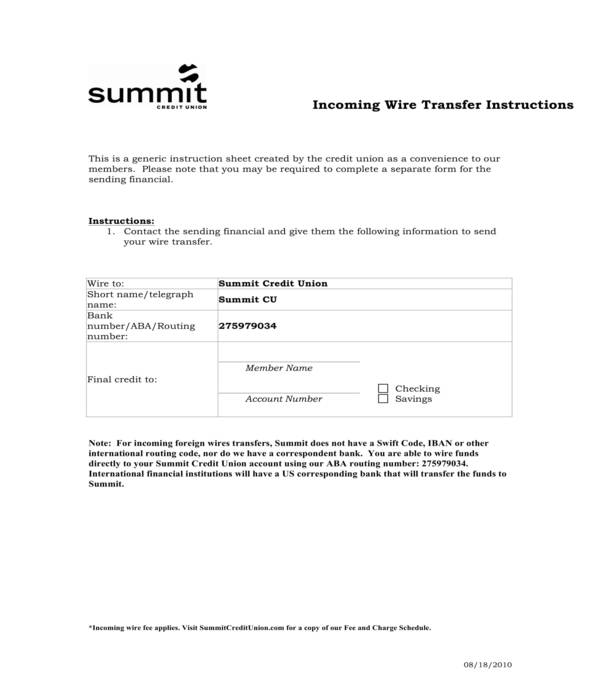

On the same transfer.Īnd that doesn’t include any exchange rate fees, either.īut do note that these typical fees at banks are flat fees, meaning a $500 wire transfer would cost the same as a transfer of $5,000. It means that the sender pays $35 to $65 in fees for the transfer, while the recipient pays another $15 to $25. What’s more, the fees for incoming international wire transfers - charged by the receiving banks above - range from $15 to $25. No ATM fees worldwide 2 No Chase foreign exchange rate adjustment fee for debit card purchases 3 No fees on the first four overdrafts during the current and prior 12 statement periods. Arranging a transfer in person, in the bank, usually costs more.) (That’s for arranging wire transfer online or via phone. In most cases, making transfers within a country are less expensive than the costs for international wire transfers.Īmong the largest international banks, such as Chase, Bank of America, CitiGroup, BB&T, and Wells Fargo, for example, the cost of an outgoing international wire transfer can range from $35 to $65. In addition to the currency exchange rates, banks also charge fees for sending, and receiving wire transfers. The actual rates charged by banks on international transfers can vary significantly and may not be entirely transparent or obvious when you are arranging a transfer. Which means 400 Euro would be ‘deducted’ from the amount received - or sent - on the transfer. So in the above example, wiring 10,000 GBP would involve an exchange fee of 400 Euro. The larger the amount transferred, the larger that exchange fee would be.


But in a wire transfer, the receiving bank may convert those 1,000 GBP to 1,110 Euro. If the GBP to Euro rate on a given day were, say, 1.15 Euro per British Pound, then 1,000 GBP would convert to 1,150 Euro. They typically charge a percentage margin over and above the mid-market rate. These rates are published much like stock or commodity prices - and they determine how banks charge customers for converting one currency to another when sending funds from abroad.īut note that banks don’t necessarily charge mid-market rate for currencies they send by wire transfer for their customers. The quoted exchange rates are called the mid-market rates - essentially the rates that banks pay between each other.


 0 kommentar(er)
0 kommentar(er)
